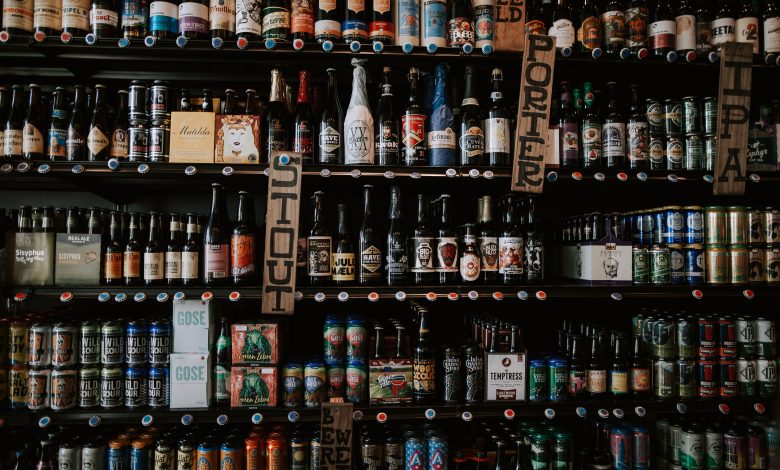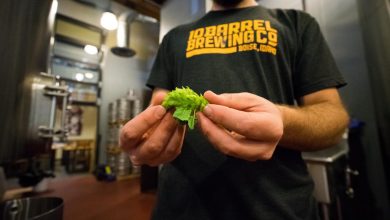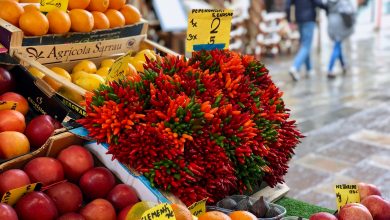Choosing the Right Yeast for Your Beer: Understanding Performance Indicators

Many steps and processes are essential in homebrewing. The homebrewer must practice care and attention each step of the way and learn how to monitor her ingredients and activity. Every piece of the puzzle is critical, but perhaps none more so than the yeast. The yeast itself loses value without the other players of brewing in the mix. But without yeast, there’s no fermentation. Without fermentation, there is no alcohol. So if you have no yeast, you have no beer.
For the newest homebrewers, there is a good chance you will be buying a brew kit that comes complete with yeast. If that is the case, the most important thing is to make sure you are keeping them in a proper environment. For the more seasoned brewers looking to move toward the next level, there should be an extra effort to gain familiarity with yeast strains. To move towards personalizing your beers to a higher degree, you want to select the yeasts on your own to achieve the kind of result you are looking for. Once you have experience with a wide range of yeast strains, you will be better equipped to select a yeast for a particular project you have underway.
Without learning about these fermenting enzymes, you will need to stick with using pre-packaged brewing kits and will be limited in your creativity. This is not the worst thing. Those who are more concerned with achieving a consumable result with as much consistency as possible might want to stay with prepared brewing kits. The more you play with mixture and experiment looking for different results, the more likely you are to ruin a brew and have to toss it all together. This can be a painful event for some that dampens their enthusiasm for brewing. If you can handle the risk and even look forward to it, continue on to begin your yeast education.
Performance Indicators for Yeast

Before talking about different styles of yeast and what they do, you must understand performance indicators for yeast. This is kind of like speaking the language of yeast. This will help you articulate what you are looking for in yeast and help you understand the mistakes when something goes wrong.
Attenuation
This is a critical component to the texture of your beer. Attenuation refers to the degree to which a yeast strain will reduce your wort’s thickness during the fermenting process. The thickness that your yeast creates has a significant impact on how the final product tastes.
Mainly, this comes down to sugars of your wort being converted into alcohol. A higher attenuation means that more sugars will convert to alcohol during fermentation. A more attenuated beer is often identified as being drier and more alcoholic. Many yeast strains will attenuate between 65 and 80 percent.
Flocculation
Flocculation of yeast is described as being high, medium, or low. This refers to particles of your wort grouping and moving towards the top or bottom of the mixture. High, medium, and low does not refer to the location of the barrel that they will gather, but the length of time it takes for flocculation to occur.
High flocculation occurs within the first three to five days of fermentation. Medium flocculation is between the sixth and fifteenth day of fermentation. Low flocculation usually happens during the second week of fermentation. While this does not have the most significant impact on your final product, it still has an effect on determining how your beer ferments, looks, and tastes.
Temperature Range
This is one of the more important factors in a yeast strain, as it indicates the temperature that the yeast will function best. Working too far from this ideal temperature, either above or below, means you could end up with a product you can’t consume. On the other hand, as long as you are keeping temperatures in an appropriate range, this could be a good way to play with resulting flavors.
Appropriate temperature range between different yeast strains can range quite dramatically, so it is crucial to understand what you are working with and keep it within its sweet spot.
Alcohol Tolerance
When hearing that a yeast strain has an alcohol tolerance, it might cause some understandable confusion. It may be counterintuitive that the yeast itself can only tolerate so much of the compound it is creating, but that is the fact of the matter. While the enzymes have their feast, the brewer must keep notice to make sure the alcohol content of the mixture does not rise above the tolerance level of the yeast.
This is another critical factor in understanding because it is another thing that can ruin the final product. Typical saccharomyces strains (we’ll get into this another time) have no problem fermenting up to 5% alcohol and maybe beyond. Sometimes those same strains can go to nearly 10% if the strain is in good health, and you maintain quality fermentation conditions.
Usually, it will take specialty strains to reach the realms of 12% alcohol and higher. Some quite unique strains can get up to 20%, but don’t expect to see that very often.
Flavor and Aroma

Nothing truly matters as much as the scent and taste of the beer. This is what customers pay for and what you are working for as a homebrewer. Nothing is as important as the final product and the way it can be enjoyed. Even if it is drinkable but does not meet your standards, it can be a huge disappointment. Hopefully, in those situations, you will be able to salvage the batch in some way, but you’d rather have things coming out the way you want.
Flavors commonly come in the form of esters, phenols, and alcohol. Esters typically express themselves as fruity notes. Phenol notes have a medicinal or spicy sense to them. And alcohol characteristics are often experienced as floral if they come in abundant enough portions.
The yeast’s flavor profile has a tremendous impact on this final performance indicator. Still, it is possible to manipulate this to a degree through the brewing and fermenting processes with different tactics. Once you understand how to carry out these manipulations, you can begin to create entirely different beers with the same yeast strains. While this can be interesting to experiment with, it can also create its own problems. If you are expecting to make the same kind of beer with a strain you used previously, having some of the conditions even slightly out of whack can result in a very different beverage.
Types of Yeast Strains
Understanding the performance indicators of yeast can be an effective way to begin evaluating how your yeasts are performing. When you are still using brewing kits, you can think about the yeasts in terms of the yeast strains and get creative within the range they allow. With the different results, you will begin to understand more about yeast and its properties.
The next step in the process, which we will dive more into with another article, is beginning to gain literacy in the dizzying amount of available yeast strains. This is no basic task. While many yeast strains are grouped into larger categories, there is still a great deal of variety within those categories.
As you progress through your understanding of yeasts and the different strains, you will begin to recognize the nuances among different types. While the classifications help to understand what you are producing, it is still important to realize there remains a lot of variety within each category. Truly, each strain is its own and needs to be treated as such. Just because you are working with a yeast strain that is similar to one that you used in the past does not mean that the two will behave identically. If you proceed with those kinds of expectations, you will be in for some surprises.
Remember, while you are learning about the way you can interact with yeast strains, you must be prepared for some mistakes. If you are not prepared to find yourself in a situation where you have to pour beer down the drain because of its putrid smell and taste, you won’t be the first one. Experimentation and failure are a part of the process as a brewer, and if you are not prepared for it, be sure to never do any brewing in too large a capacity at the same time.
If, on the other hand, brewing at a large scale is your ultimate desire, it may be best that you keep experiments to a smaller capacity until you’ve gained an understanding of how to approach the beverage. With that, you can move towards brewing your new style at a larger scale with lower risk. Just keep in mind, the risk is always there.



